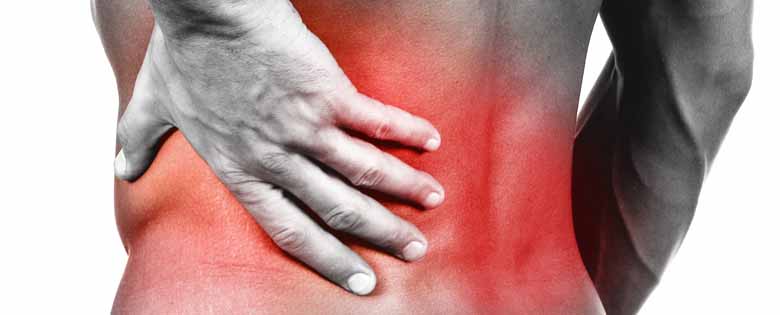
Dmitry R. Choklin, PT, DPT, CSCS, CKTP
Midback pain has become a very common malady in America as we spend more time sitting than any point in human history. Although there are many causes of midback pain, the most common version is a chronic, nagging tightness of the muscles surrounding the spine. Poor posture is usually the main culprit here, so by fixing our postures and being mindful of our position in space, we can go a long way towards getting our backs healthy in 2015 and beyond!
The Malady:
Mid back pain
The Facts:
Pain in the middle of your back, usually between your shoulder blades, can come from a variety of sources. Millions of people deal with this malady, from professional athletes, to office workers and anywhere in between. Although this malady can occur suddenly due to a twisting injury, this article will cover the chronic, nagging variety which is much more common.
The Symptoms:
Although everyone experiences pain differently, most sufferers complain of a dull, nagging, tight feeling in the area between the shoulder blades. The pain often occurs when sitting in an uncomfortable seat, such as in a conference room, car, or airplane. The pain may resolve as soon as the sufferer changes position, but in a chronic case that has lingered for days or weeks, it may take significantly longer to feel better.
What is Happening:
Posture is the ability to maintain a healthy position for prolonged periods of time. If you are sitting in an uncomfortable seat, or if your muscles are too weak to hold you up in the chair, you may start to slump down into bad posture. The longer you stay in this prolonged poor posture, the more likely it is that the muscles of your mid back, specifically the erector spinae and rhomboid muscles, can develop tightness and spasms.
Why Is This Happening:
Poor posture causes muscles to tighten up as your body tries to keep you upright against gravity. The further you are hunched forward, the more leverage gravity has to push you down, thereby requiring more muscles to kick in. If you are not strong or endurant enough to engage your core muscles on your own to stay upright, your brain sends a signal to the muscles of the back to tighten up to hold you upright. Unfortunately, this tightening can linger for a prolonged period of time and cause pain when you try to move naturally.
Lifestyle Adjustments:
1) Eat healthy! Good food rich in calcium supports bone and joint health
2) Get in shape! Overall fitness helps keep your muscles from tightening up
3) Move around! Even if your work is sedentary, try to get up every hour to ‘walk it off”
Prevent It
1) Sit up tall. Improving your posture will go a long way towards avoiding spinal issues.
2) Stay tight. Keep your core engaged throughout the day
3) Be straight. Avoid sitting or standing in a twisted position
Exercises:
1) Rows (3 sets of 15 once a day)
2) Scapular retractions (10 reps 5 times a day)
3) Lay on foam roller lengthwise (5 mins a day)
